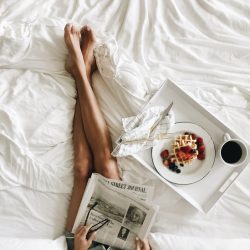Tag: Sheets
Bed Sheet Buying Guide
Friday, October 15, 2021 at 10:06am
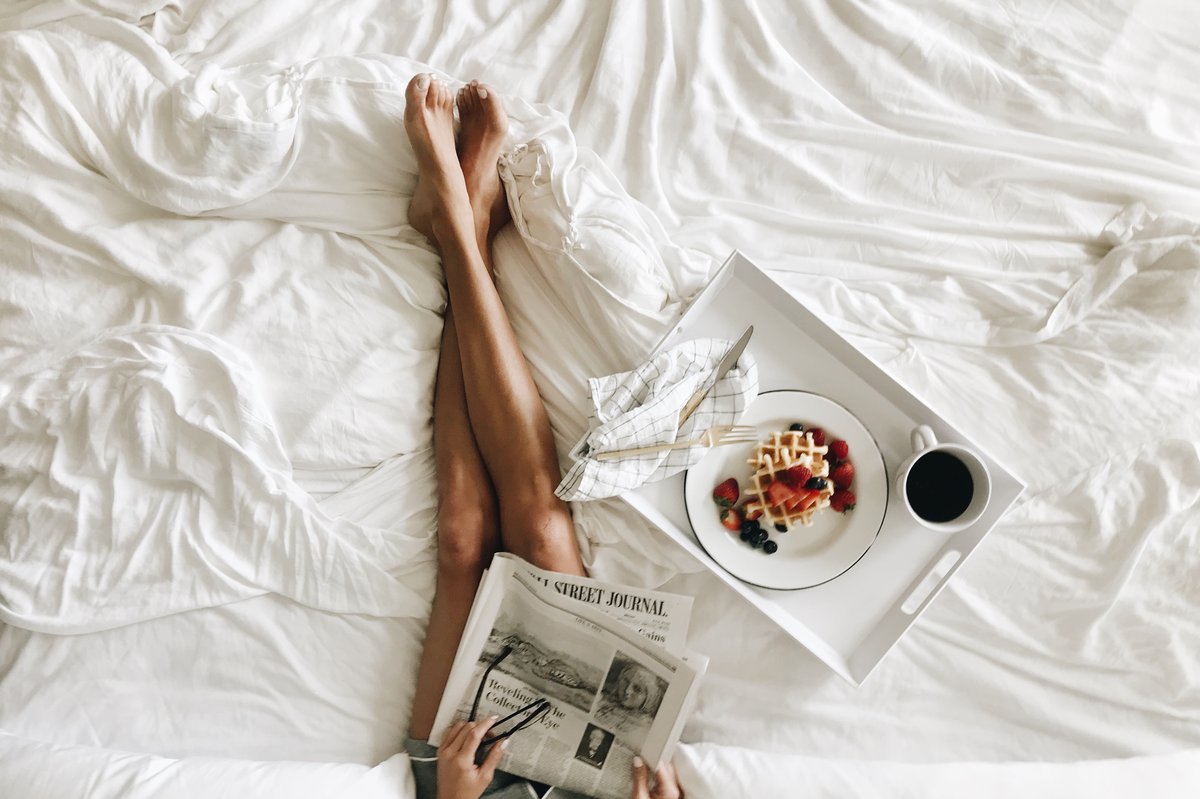
“Get a good night’s sleep.” Sometimes that’s much easier said than done! If you don’t have the right setup, you could end up getting tangled in the sheets, sweating your way through the night, or waking up with chills. Pair the right sheets with the right comforter, duvet, or blanket, and you could be much more comfortable. Consider the weave and finish of the fabric. Will pilling, fading, or disintegration occur after a few washes?
Knowledge of how the sheets are made, what they’re made of, and how to invest in brands that will stand the test of time can be very helpful when setting out to create the ultimate dreamland. Ya snooze ya lose unless it’s a good night’s rest – so let’s get going! 😴
All About Sheets
The industry certifications, material, thread count, ply, and price point are all things to consider when purchasing your bedsheets. The production in regards to where and how the sheets are made has a huge influence on quality. Don’t be fooled by a high thread count; if the material isn’t good quality, it won’t last. Don’t believe us? Read on, and we’ll prove it to ya! ✔️
1. The Materials
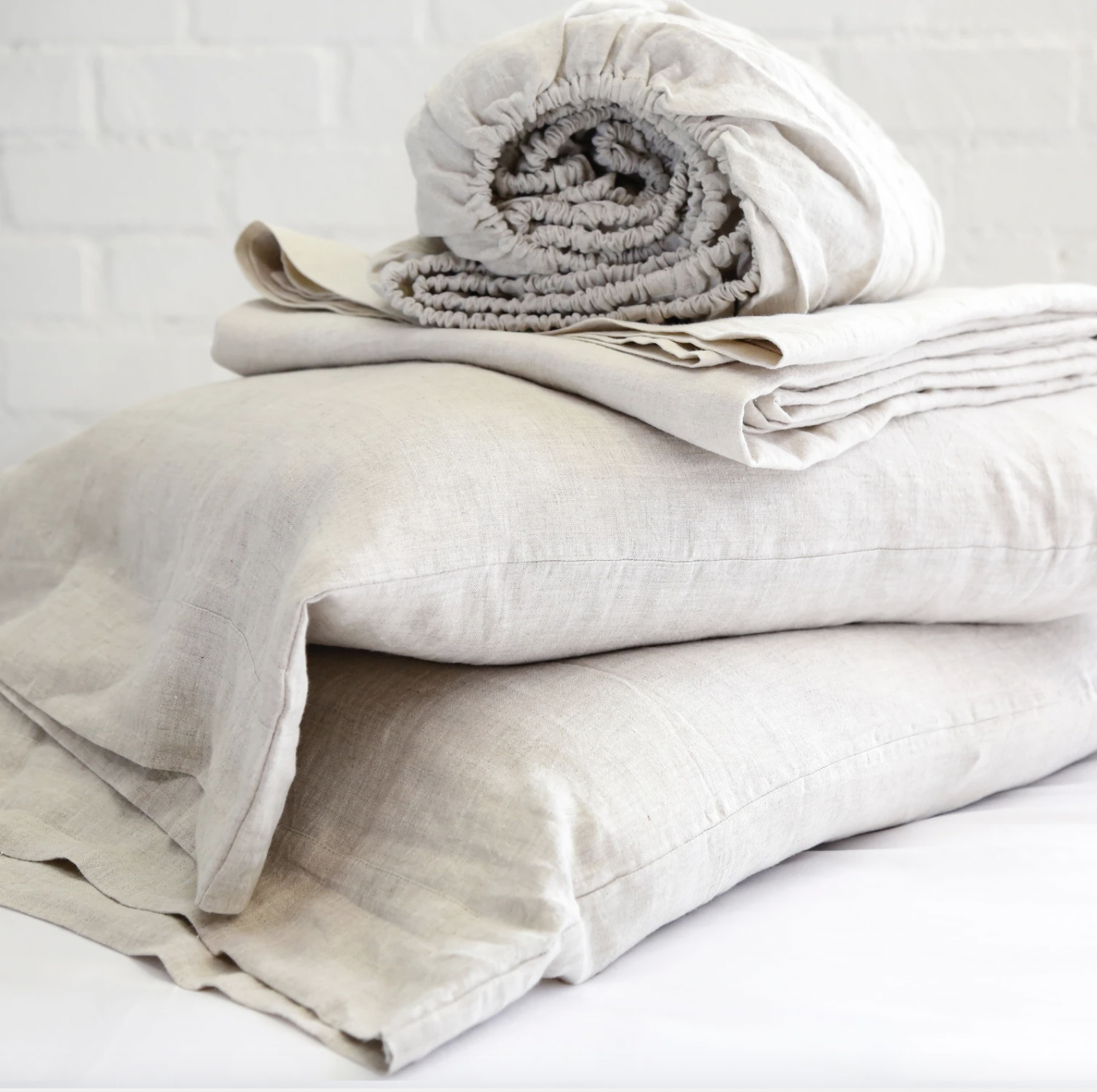
Are they cotton, synthetic, linen, or flannel? Are they ultra-breathable, or do they make you sweat? Various fabrics perform differently while you sleep. This is due to the weaving process, material makeup, fiber lengths/staple size, and ply.
Ply?!?!?!? Ply refers to how many fibers are twisted around each other to make the fabric. Two-ply fabrics have two yarns twisted together to make one thread that’s woven into sheets. Single-ply threads are longer and stronger than multi-ply and result in durable, soft, lightweight sheets.
Multi-ply threads produce a yarn that is coarser and heavier, as they are made from shorter, weaker fibers.
Let’s break it all down piece by piece…
Cotton

There are many types of cotton sheets, and the quality is determined by the length of the cotton fibers, known as staple size. The longer the staple, the stronger and smoother the yarn will be. In turn, you’ll have more durability and less pilling. Pima and Supima are extra-long yarn types. Egyptian cotton has extra-fine yarn because it is handpicked. The texture of the sheets is determined by the method of weaving used.
Types of weaves for cotton are:
Percale: One-over-one-under is the standard weave for this type of cotton that’s strong and lightweight, with a slightly crinkly feel and matte finish.
Sateen: Three-over-one-under is the standard weave for this type of cotton. It’s slightly heavier, shinier, and less durable than Percale. It feels silky-smooth to the touch and has a seductive satin sheen.
Jersey: Small, tight, single-knit construction makes this college-fave cotton stretchy and ultra-soft.
Linen
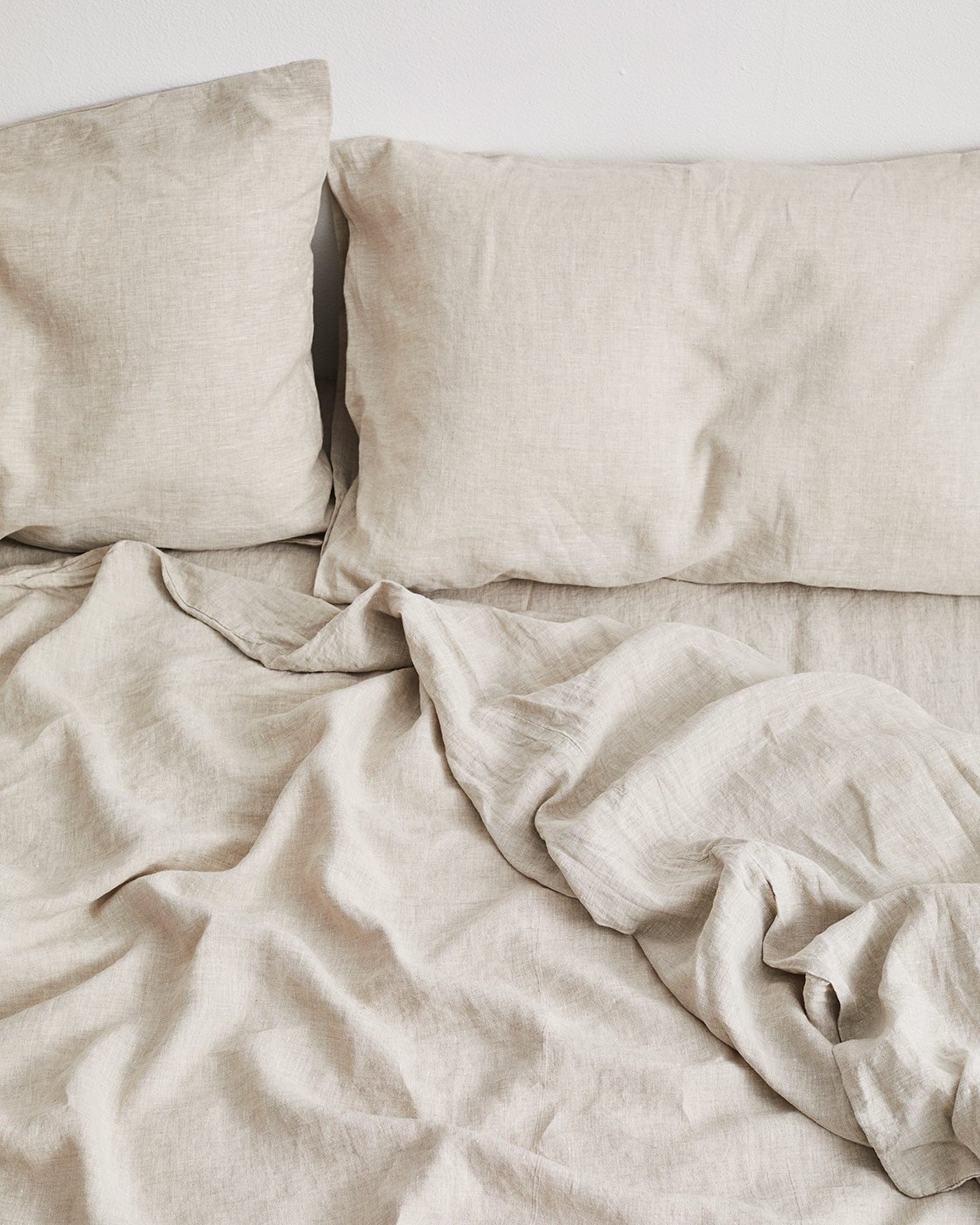
Derived from a flax plant, the material fibers are thicker yet cooler than cotton due to moisture-wicking properties. Linen is extremely breathable, keeping you warm in the winter and cool in the summer. They don’t have a long shelf life and are not soft, so you might need to wash them using our Pro Tip below.
Synthetic

Any human-made fabric, usually polyester or microfiber. Synthetics are typically affordable and warm but not very breathable. Microfiber is made of fibers that are extremely thin and feel soft but don’t breathe as well as cotton or linen. Polyester commonly pills, so wash it in cold and tumble dry on low.
Flannel

It’s not your lumberjack dad’s shirt, but just as warm. Cozy wool, cotton, or synthetics are used in either a plain or twill weave; or a raised weave, which is a brushed technique that gives it a velvet feel.
Blends

Crisp cotton/poly blends are easy to care for but wear out the quickest.
Jacquard

A special loom is the crafting place for these incredibly impressive and complex textured beauties.
Plant-Based
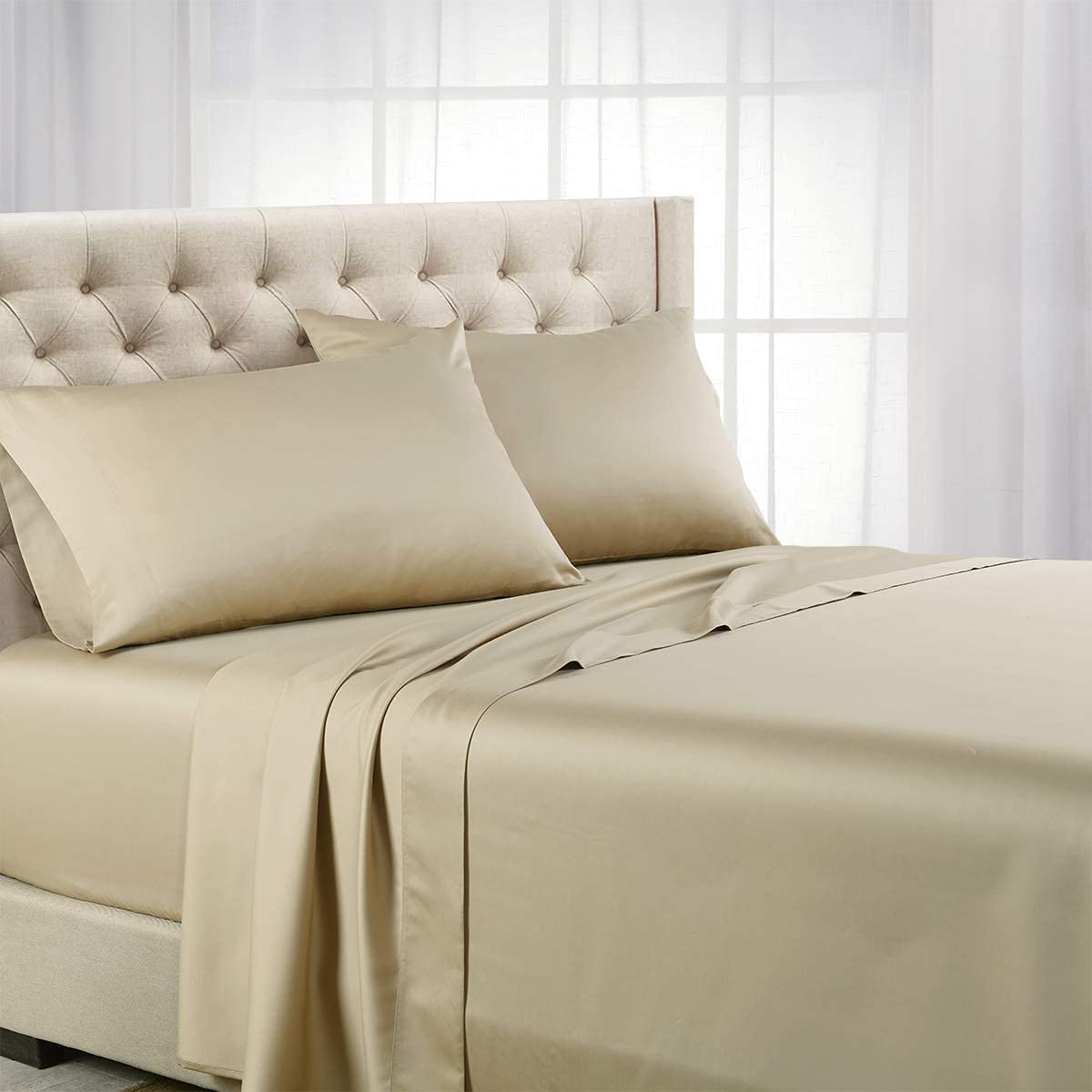
Tencel:
You may recognize this as the brand name for lyocell and modal.
Lyocell:
A cellulose fiber derived from crushed wood pulps, bamboo, or eucalyptus, this material is considered semi-synthetic.
Viscose:
Made from bamboo stalks, it is incredibly soft, breathable, and lightweight. Wrinkles easily and are not very durable.
Modal:
Made from beech tree pulp, it is resilient and resistant to shrinking when washed and dried at low temperatures and stays soft n’ silky while being resistant to pilling.
2. The Importance of Thread Count
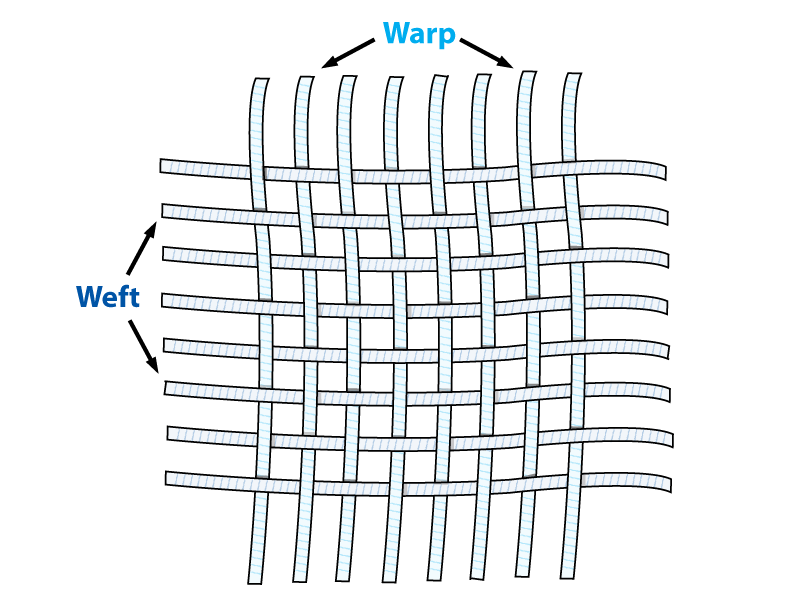
The thread count refers to how many fibers are packed in per square inch. Typical weave constructions have a warp and weft, which are included in the thread count. Higher thread count = higher quality, right? Well actually…
This may come as a surprise, but a lower thread count made with higher quality materials will actually look and feel more luxurious than a higher thread count made of lesser materials.
So double-check those 1000+ count $300 “Egyptian Cotton” sheets before buying. They can’t really be Egyptian if they’re not grown and hand-picked in the sunny climate by the Nile River in Egypt. Plus, tricky manufacturers will use multi-ply coarse fabrics or cheaply twist low-quality threads around each other to get to that “1000.”
Pro Tip: The ideal thread count is 400 in order to have the best temperature regulation, but you can aim for a range between 200-600.
3. Certifications to Observe

If you’re interested in a sustainable, safe, clean product, check out the certs on the label. Note that although a product may be labeled “organic,” it’s not necessarily sustainable or chemical-free. With regards to the sheet being purely organic, take care to select white sheets without bleach and colors without added dyes. Bold or darker colors tend to be dyed with additives, so if you’re going for a chemical-free bedding experience, look for lighter and neutral colors.
- Fair Trade Certified means there is transparency along the raw materials supply chain in order to trace from origin to destination. It also advocates for human rights during production in Fair Trade Factories, where conditions are monitored.
- OEKO-TEX means that there is the safety of humans and ecology during the production of these textiles.
- GOTS (Global Organic Textile Standard) means a product is organic, free of harmful chemicals, includes certain sustainability and pollution standards, and fair worker protections and practices.
4. Sheet Maintenance and Care

We know it’s a real pain to strip the bed, stuff the washer, and then get those pesky fitted sheets back on the mattress. But it’s recommended to do this every two weeks for sheet sets, every week for pillowcases, and each month for duvets and comforters. Why? Dirt, oils and creams, and dust mites get stuck in the fabrics. 🤢
Wash in cold or lukewarm water to preserve colors and prevent shrinking and preserve the elastic on fitted sheets. If you’ve been under the weather, use warm water for polyester or hot for cotton to de-germify your bedding. If you prefer, you can wash them on cold to preserve the color and pop them in the dryer on hot. It’s ideal if you can stock your storage with at least three sets of sheets to rotate between. This will extend the life of each set and lessen your frustration with washing and replacing it. Tired of wrinkly sheets? Remove ’em from the dryer when they’re just a teeny bit damp; fold or put them right on the mattress, and you’re set! 😉
Pro Tip: 1 cup baking soda + 1/2 cup white vinegar = softer sheets
5. Money Money Money $$$
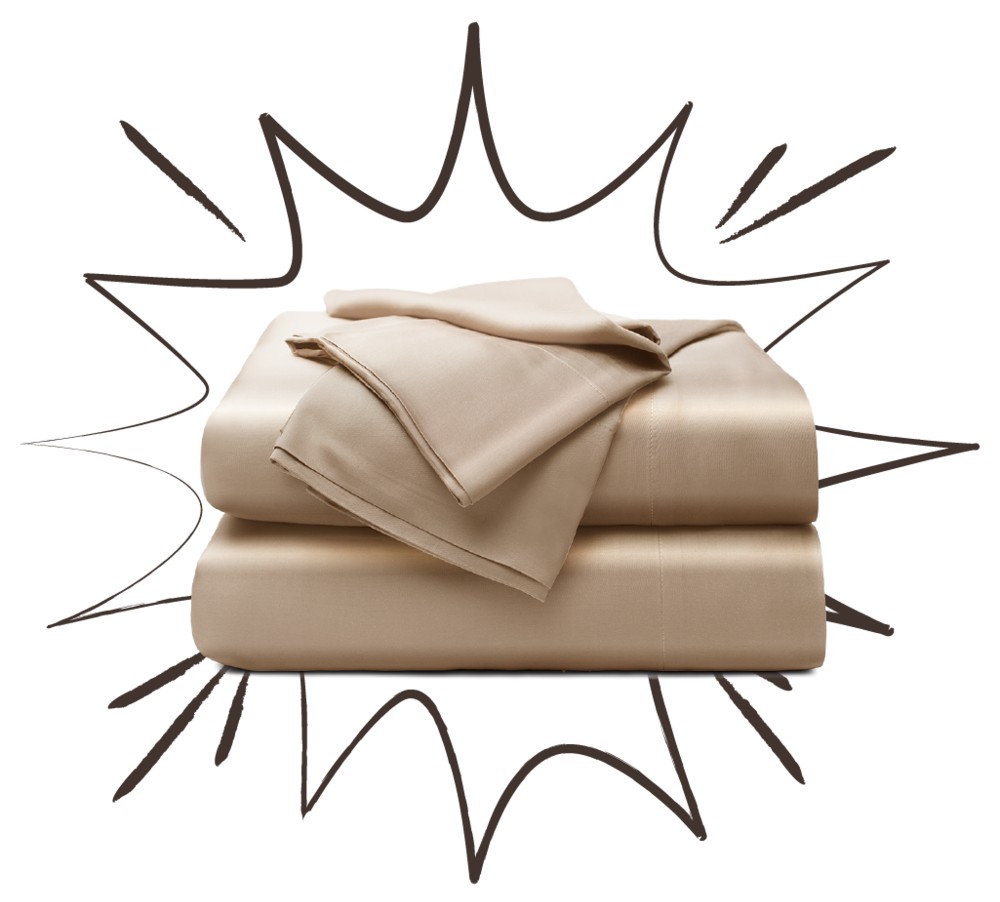
What’s the diff, and what’s with the wide price range? Well, in this case, price really does matter as far as quality goes.
It’s recommended you replace your sheets every two years if they’re worn, but if you’ve got a really great set you still like, why follow the rules? Make your own and save your wallet and the earth from excess.
Synthetic or plant-based materials are typically more affordable (under $75!) but don’t last as long. Cotton is a great middle-ground with lots of options, and Percale is the highest end.
Premium materials are more difficult to source, and that drives the price upward to as much as $1,000 – or more – for fine Egyptian cotton or linen sheets. 💰
How to Choose Your Sheets
So you’re starting to feel like the Princess and the Pea. 👸 “These sheets are too big. These are too crisp. Too warm. Too bright. Too patterned. Too shiny.” Gah! Well, answer the following questions, and you’ll feel a lot better. How do you sleep? Warm or cold? Do you use a comforter, duvet, blanket, throw, or coverlet? The sheets are just one layer of the mattress cake. Three things to think about are size, color, and seasonality.
Let’s proceed with pairing your mattress and sheet size, selecting colors, and how you sleep…
Size ’em Up, Baby!

In most cases, you’ll find your mattress size matches the sheets that coordinate, Twin, Full, Queen, King. Sizing can vary however with European sizes, as Ikea tends to run a tad small. So just be safe, and measure the sides (length and width) and depth of your mattress to have on hand when you purchase. This will ensure there’s no extra tugging or overfitting. Pillows and duvets have various sizes, so take care to notate.
A standard Twin mattress measures width by length at 39” W x 75” L. College dorm mattresses tend to be longer at TwinXL: 39” W x 80” L. Your Double/Full mattress is 54” W x 76” L. Queen measures 60” W x 80” L, and a King is 76” W x 80” L. The ultra-luxe California King comes in at 72” W by 84” L, and the specialty Split Top is 2×39” W x 80” L.
Depth is important when measuring the pocket to go over the mattress corners. A standard mattress will measure 7-12” while a deep pocket is 13-17”. If you have a mattress topper, you might go with extra-deep pocket sheets at 18-25”.
Do You Sleep Hot or Cold?
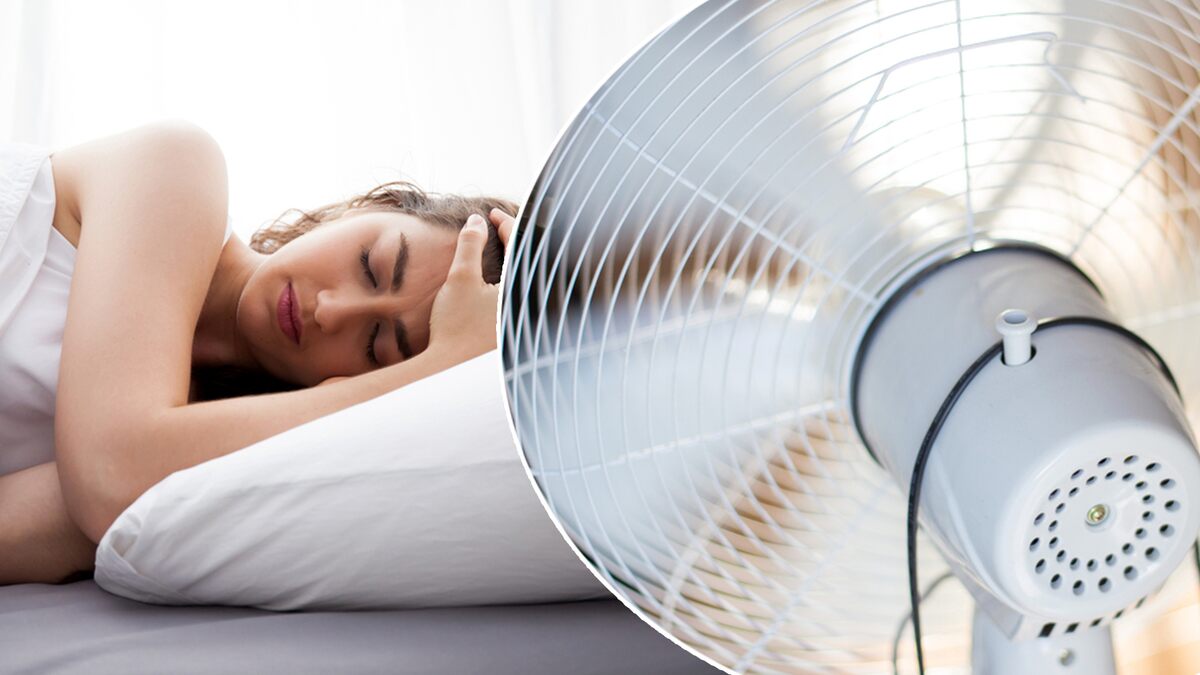
- Stay cool: The most breathable options will keep you cooler while your body generates heat throughout your sleep. The snug weave of lightweight cotton percale is #1. Cooler, more breathable linen sheets also rock. 🤘
- Warm-up: Flannel has a soft, brushed surface that feels warm the moment you slip into slumber. Sateen wraps you in draped warmth to encase your body heat.
- Two-for-one: Linen has natural temperature-regulating properties and will keep warm and cool sleepers comfortable in the same bed. Couples option!
- Year-round bliss: Ding ding ding, and the winner is — Linen again! 🏆 It keeps cool in the summer and warm in the winter. Similarly, long-staple organic cotton is smooth, lightweight, and soft with year-round breathability.
Colors and Patterns
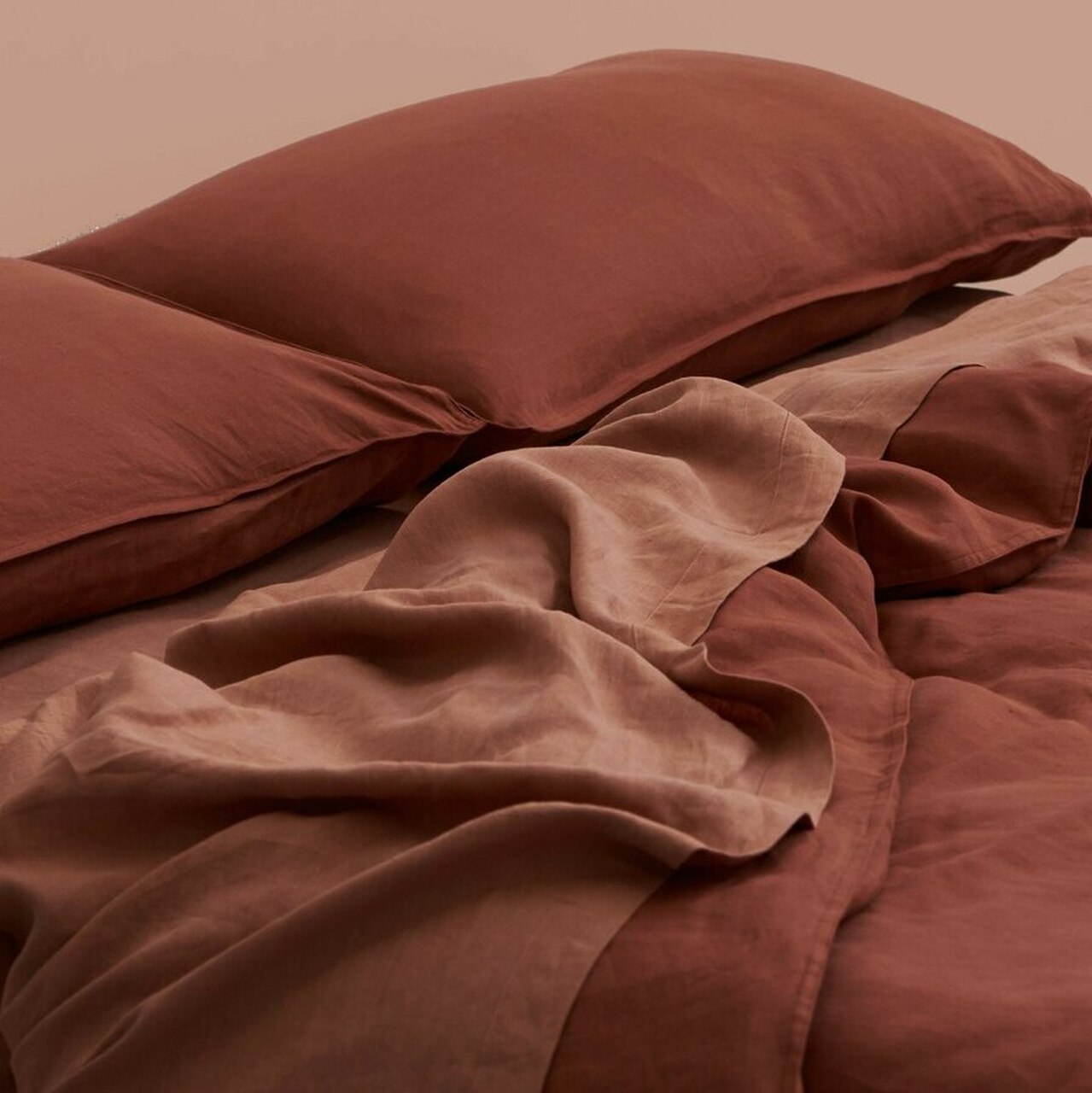
Different fabrics look better in certain patterns and/or colors. For example, linen’s textured finish gives off a relaxed vibe, while a synthetic material (like polyester) has a shiny motif. Beige linen sheets have a more upscale look than beige cotton. In fact, linens look lovely in a palette of muted neutrals and pastels, while bright white and crisp cotton are a great pair. All-white bedding is very clean, but it can’t hurt to spruce it up once in a while with a scalloped pattern or embroidery.
You could mix it with white sheets and a patterned comforter or duvet, or vice versa. If you’re feeling bold, choose a single color for the sheets and a patterned duvet or patterned sheets with a solid color comforter. Don’t forget the shams!
Sheet Separates and Bundles

Sheet set bundles are a cost-saving option (up to 30% off retail!), and they’re convenient. They include pillowcases, a top sheet, and a fitted sheet and are packaged by a single mattress size (twin, full, queen, or king). This can be tricky if you have different-sized bedding – king pillows, for instance, but a full-size mattress. You’d need to make separate purchases in this case, which can be a challenge to match.
Top Sheets

Top sheets, also known as flat sheets, are great because they provide a barrier to keep your comforter or duvet clean longer. This reduces the need to wash it as often. You can also tuck in the sheet under the mattress to seal in warmth and comfort.
Duvet Cover or Comforter
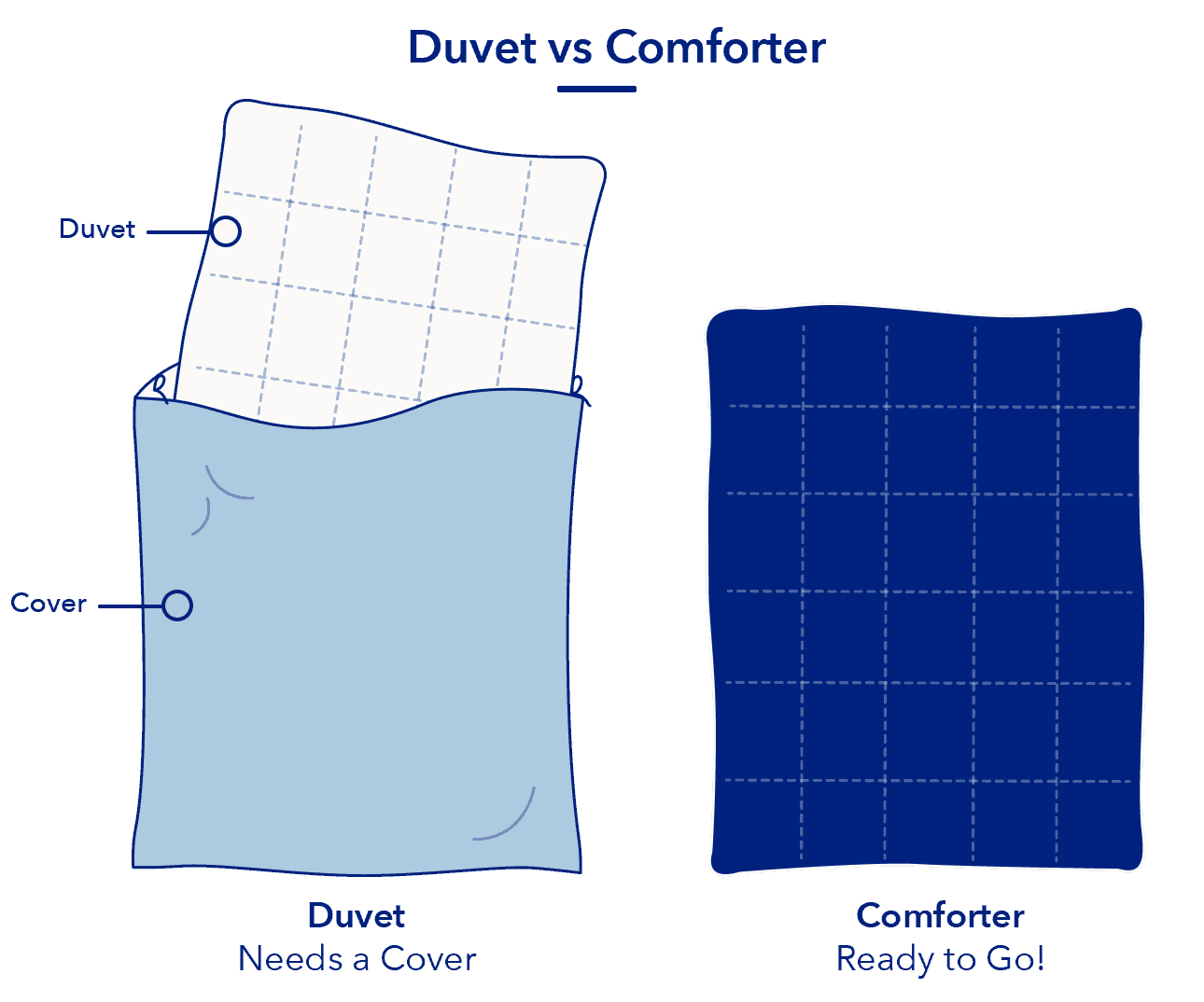
What’s the difference? Duvet covers and comforters are both there to look pretty and keep you cozy as you drift off to dreamland. A duvet cover is an outer layer that is detachable and has an insert, whereas the comforter is sealed with the insert inside.
Duvet covers lack the warmth of a comforter because they’re basically just two layers sewn or buttoned together. They’re meant to be paired with an insert, which is flatter than a comforter, but they can also be used alone as a coverlet or with a plain quilted comforter inside. It is a great option for warmer climates or sleepers. If you put a comforter inside for more warmth, great!
Comforters are fluffy, thick, and quilted. They go on top of a flat sheet for warmth and decoration. You’ll have your pick of colors and patterns, and you can even layer a coverlet or throw it on top for the ultimate luxury feel.
Time to Shop – But Where?
- Boll & Branch: Soft, raw organic cotton bedding that’s heirloom quality.
- Coyuchi: Organic, sustainable, gives back. Peaceful, muted tones.
- Pottery Barn: Do yourself a favor and get their linen bedding! So fabulous!
- Target: Easy online shopping, sturdy Threshold sheets, great variety.
- West Elm: Modern, updated, minimalistic options – even luxe velvet!
- Brooklinen: Their pledge to impeccable quality and top-notch materials at an affordable price makes Brooklinen an appealing option. Their bedding bundles offer a 25% discount on rich neutrals and bright white sheets, comforters, and pillow sets.
- Crane & Canopy: Very luxe, colorful bedding – including Belgian linens!
- H&M Home: Affordable, minimalist color block and fun prints.
Great prices!
There you have it, sleepyhead! You are now fully equipped to do some serious sheet shopping- it’s beauty sleep time! 💤
Who’s ready for a nap? Not quite yet? Perfect, because you’ve got to see this: Small Bedrooms: How to Create a Sleep Sanctuary in 6 Simple Steps!
Do you need help figuring out which style statement is right for you? Our Style Vibe Quiz is seriously legit! Don’t miss it!
Already know which design style speaks your language? Cool 😉 Let’s pop over to The Store and check out all the delicious decor goodies we handpicked just for you!

